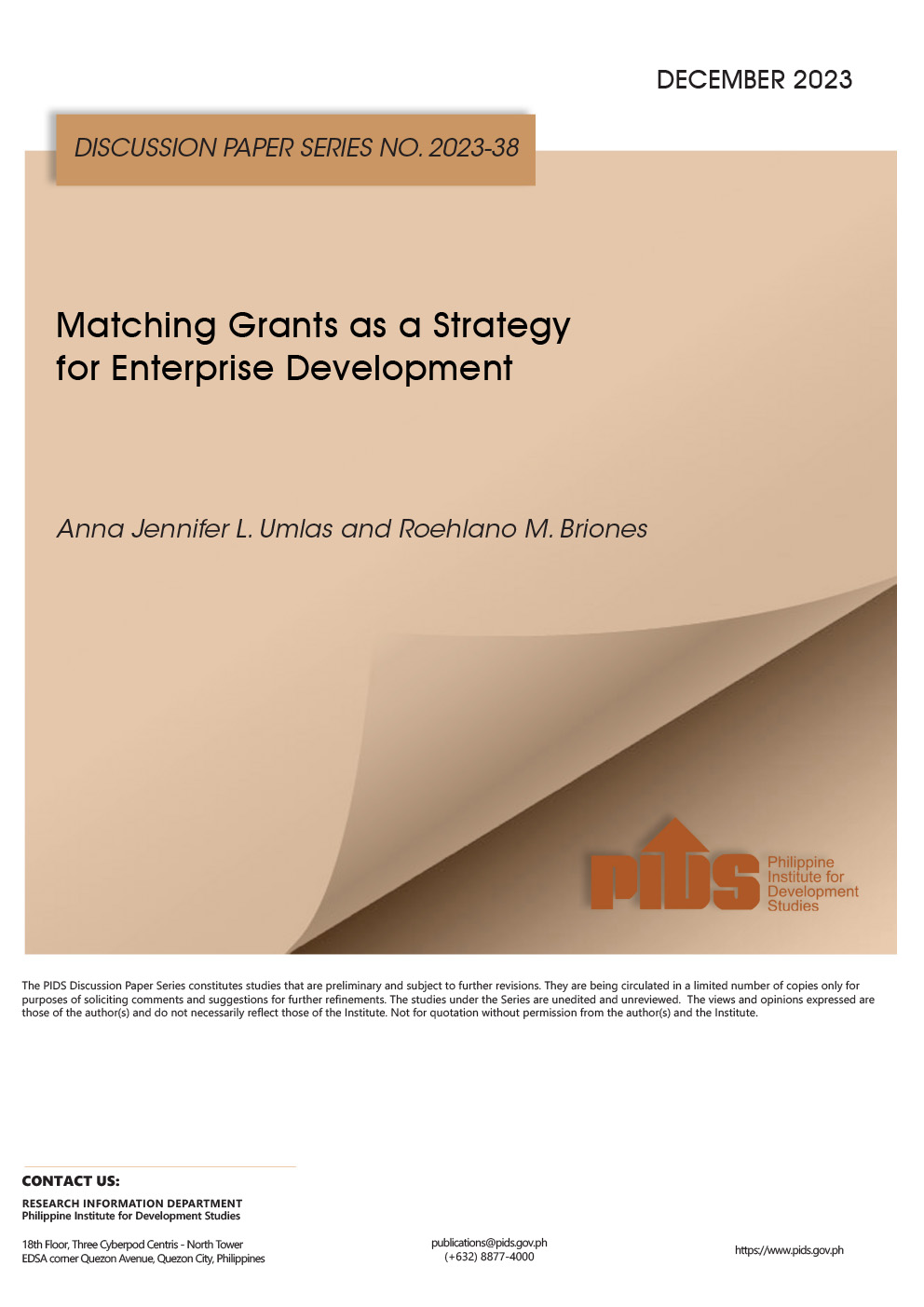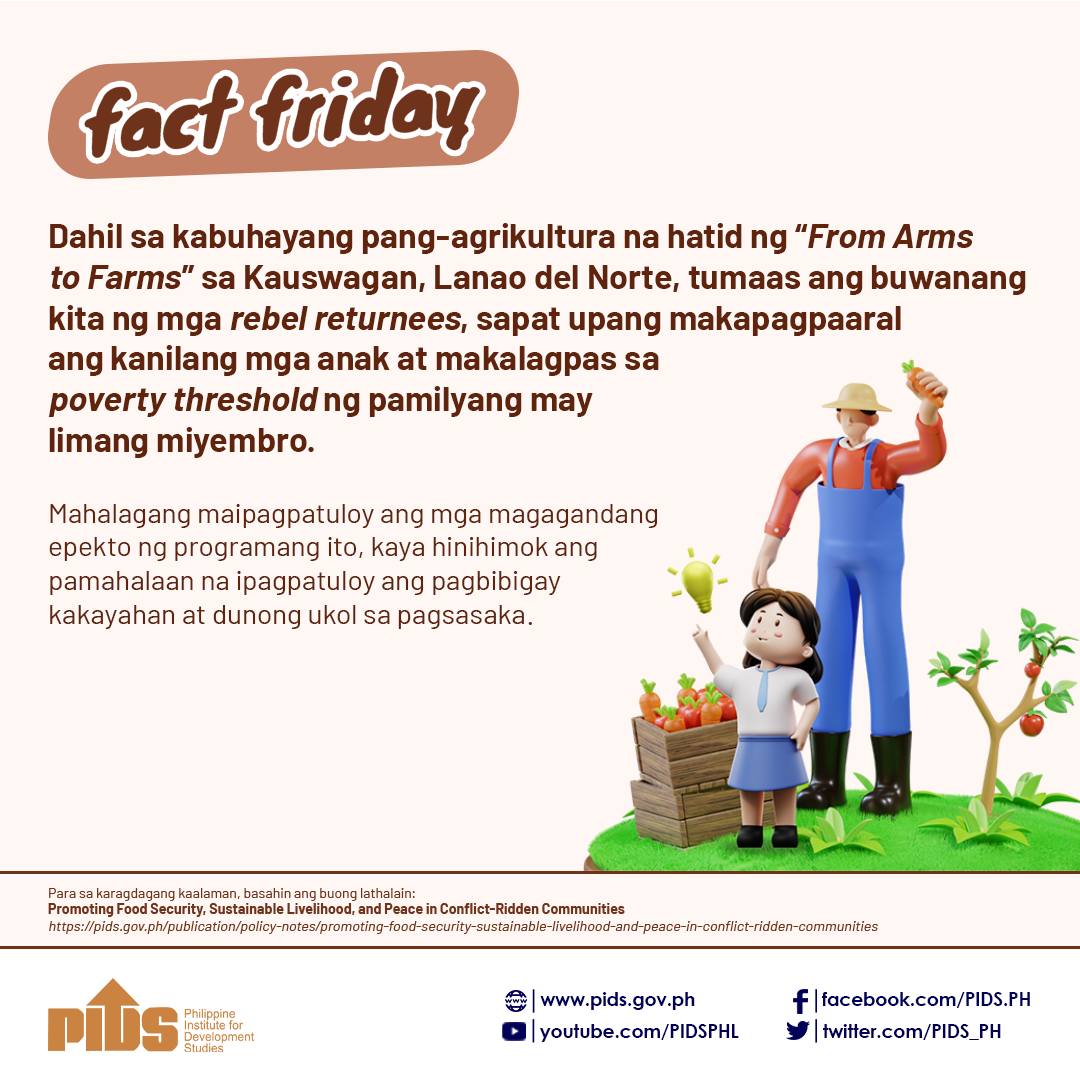Onion prices there are now some of the highest in the world following a shortage in supplies.
At the end of last year, prices jumped 10-fold from eight months earlier, hitting around $37 per kilo in Manila.
It led authorities to clear an emergency import of more than 21,000 tonnes of onions at the start of this year.
The aim was to drive prices down, but the timing of the imports - just before peak harvest season - hurt some farmers.
Jon-Jon Taberna is a local farmer.
"We are nervous because our harvest is all we rely upon but then they imported at the same time, we're done, it's a loss. We are nervous. We will get nothing from what we have worked hard for. No matter how good the crop is, if prices are depressed, you won't make money."
Some say middlemen have stoked the crisis by hoarding onions.
But critics say the government has chronically mismanaged the Philippine agriculture sector.
Roehlano Briones believes the imports are needed though.
He is an economist at the Philippine Institute for Development Studies think tank.
"Especially important, imports are brought in as a safety valve because we cannot deny that there will be local supply shocks, as I said, avian influenza, African swine fever, typhoons, which are much more common."
The government said it was aware of its shortcomings in addressing food security.
It said reforms and reorganisation at the Department of Agriculture would come.
Meanwhile, some communities are finding their own solutions.
At one Manila store customers can now trade leftover onions for household goods, with the onions then distributed to those in need.












